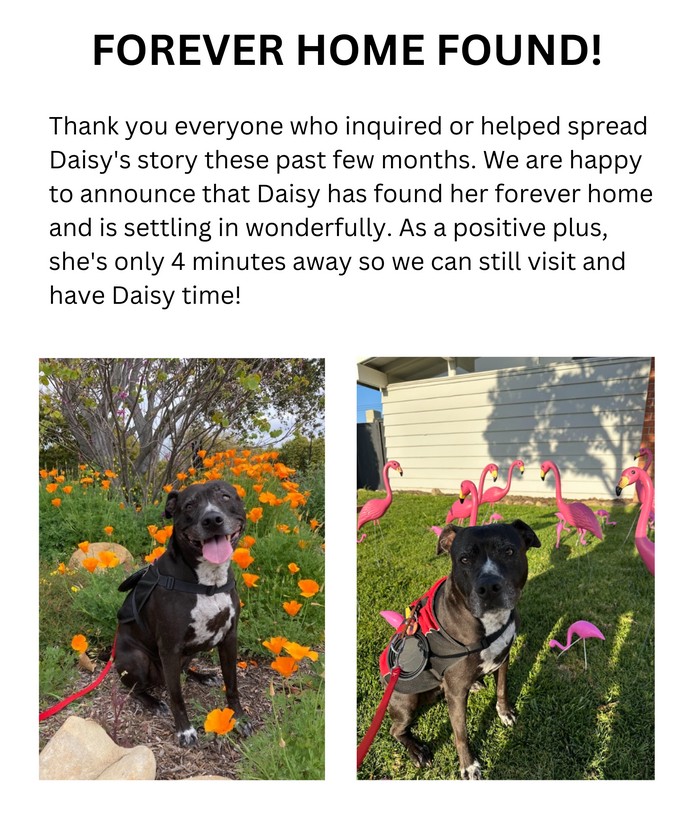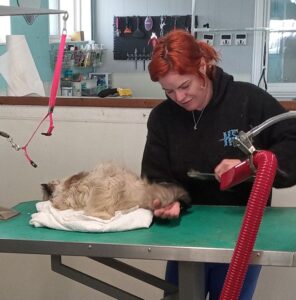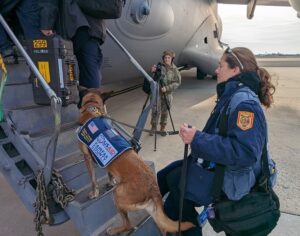 • Navigating the Unknown: Seizures in Pets
• Navigating the Unknown: Seizures in Pets
Most pet owners watch their pets carefully and have no trouble deciding when an emergency trip to the vet is in order. But what is the best action to take if your pet has a seizure?
Dr. Kari Foss, a veterinary neurologist at the University of Illinois Veterinary Teaching Hospital in Urbana, shares the ins and outs of what is happening during a pet’s seizure and advises owners on how to respond.
First, you’ll need to know whether your pet is, in fact, having a seizure as opposed to other conditions. One example would be syncope, which is a temporary loss of consciousness caused by a drop in blood pressure and can easily be confused with a seizure.
Doctors categorize seizures into three phases: pre-ictal, ictal (active seizure), and post-ictal.
Signs during a seizure may include urination, defecation, and hypersalivation. Many pets may also lose consciousness. Dr. Foss says seizures are typically self-limiting and last less than two minutes.
During the seizure, the best thing a pet owner can do is monitor their pet closely and prevent them from injuring themselves. Dr. Foss warns owners to not reach into or around their pet’s mouth; dogs cannot choke on their tongues during a seizure and the owner risks being inadvertently bitten!
Although it may be quite scary to you when your pet has a seizure, a seizure does not necessarily constitute an emergency. Most often pets will return to their normal state after the seizure.
If your pet does not return to normal within a short period or your pet does not stop having seizures, you should take them to an emergency veterinarian as soon as possible.
• Sunscreen for pets? UV rays can be harmful for dogs and cats, too
By Traci Howerton
When it comes to skin care, most of us are very conscious of protecting ourselves from harmful UV rays and the risks that come along with exposure to the sun.
Protecting our pets’ skin from the sun is not usually top-of-mind, but just as for humans, UV rays can be harmful to pets. In fact, dogs and cats can sunburn and get various types of skin cancer.
Pets that spend a lot of time outdoors are at risk, and some pets are more vulnerable than others. Therefore, limit their exposure to the sun and protect them when they are outdoors.
There are sunscreens on the market for pets. Whether a pet needs sunscreen can depend on many factors, such as how much time they spend outside, the part of the day they are outdoors, and the color and thickness of their coat.
The lighter the coat, the more dangerous the sun can be. If a pet has a light-colored coat or a relatively thin coat, it is a good idea to apply sunscreen as a precaution anytime it will be outdoors on a sunny day, even in the winter. For example, white dogs with pink noses are considered the most vulnerable.
When applying sunscreen, the areas to pay attention to are the ears, belly (which often has little hair), and the tip of the nose. These are the places most likely to get the most exposure and to easily burn.
Make sure to use pet-safe sunscreen that is specifically for a cat or dog, as some sunscreens that are OK for dogs are not OK for cats, and vice versa.
For all pets, when choosing a sunscreen, make sure to avoid those containing PABA, zinc oxide and octisalate, or any other salicylates, especially in areas where the pet could reach and lick it off.
• Rochester-area veterinarians are reporting a sharp rise in cannabis poisonings among dogs that are eating products containing the drug, usually in the form of edibles.
Dr. SimonKirk, who is the medical director at Veterinary Specialists and Emergency Services in Brighton, isn’t surprised at the surge of these cases since New York state legalized cannabis for medical use in 2016 and for recreational use in 2021.
The local numbers also mirror a national trend, according to data from the American Society for the Prevention of Cruelty to Animals. The ASPA’s poison control center saw a 300% increase in calls related to potential cannabis ingestion over five years. There were 6,939 such calls made to the hotline in 2022.
Kirk is not overly alarmed by the fact that more dogs are coming into contact with cannabis. He is far more concerned that some of the cannabis-laced products they may eat could also contain grapes, raisins, chocolate or xylitol, which can be lethal to dogs.
Most dogs, he said, make a full recovery from cannabis toxicity and fatalities from exposure to the drug are exceedingly rare. The severity of the toxicity varies depending on the animal’s, age, health, size, and how much THC was in whatever they ate.
Symptoms of cannabis intoxication in dogs include depression, vomiting, urinary incontinence, tremor, poor coordination, tremor, stupor, and low heart rate.
Treatment for THC poisoning will vary depending on the severity of the ingestion, according to Dr. Tina Wismer, DVM, Senior Director of the ASPCA’s poison control center.
Before New York state legalized cannabis, Kirk said dog owners were sometimes wary of admitting that their pet may have ingested it. Now, he said, they are more likely to be open about it, which is best for the person, their dog, and the veterinary staff.
“We are all medical professionals; everything’s confidential,” Kirk said. “So honesty makes our lives a lot easier and frequently decreases the bill because we don’t have to do a bunch of tests to try to figure something out.”
The ASPCA’s poison control center hotline at (888) 426-4435 is also open 24 hours a day, seven days a week. Callers are connected with a veterinary staff member who may guide them through an at-home treatment plan if that is indicated.
But the best way to protect pets from cannabis consumption is to securely store the products well out of their reach.
Traci D. Howerton is the volunteer coordinator for Animal Rescue New Orleans (ARNO), a nonprofit, volunteer-based, no-kill shelter. For more information on ARNO, www.animalrescueneworleans.org.

Savana











